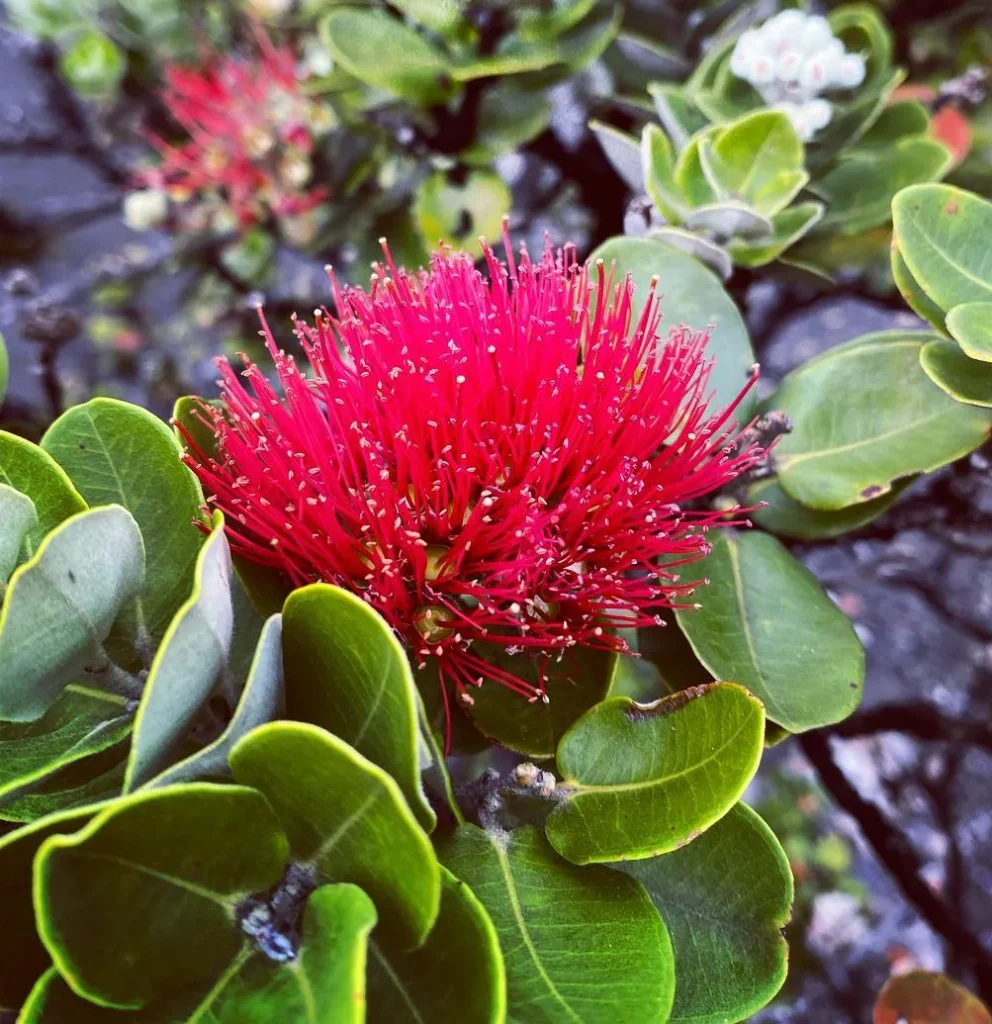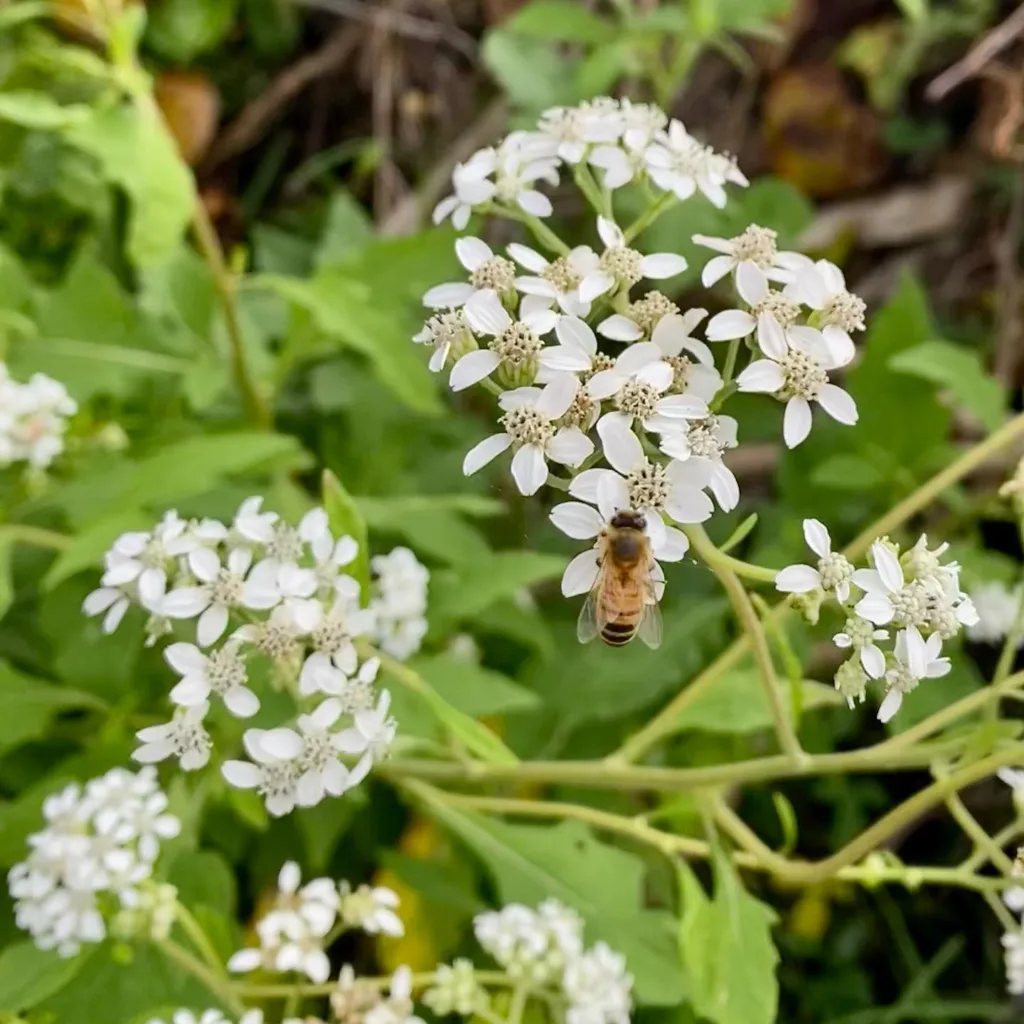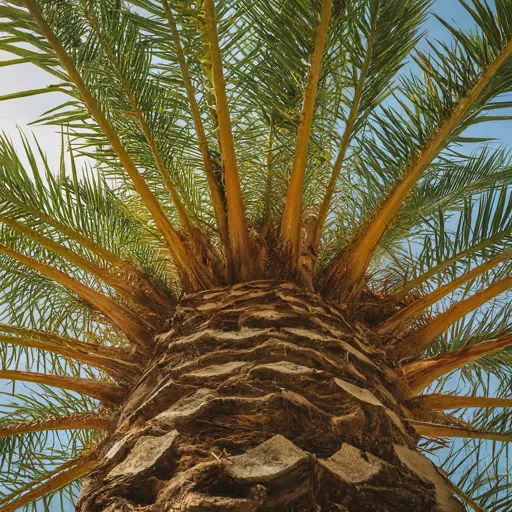My Love Affair with Pulsatilla
The first time I saw a Pulsatilla, I was captivated. It was early spring, and the delicate, bell-shaped flower was nodding in the breeze, its silky petals a vibrant shade of purple. I was instantly smitten. Since then, I’ve made it my mission to learn everything I can about this fascinating genus of plants.
Pulsatilla, also known as pasque flower, is a group of herbaceous perennials belonging to the buttercup family (Ranunculaceae). They are native to meadows and prairies throughout the Northern Hemisphere, gracing landscapes with their beauty from North America and Europe to Asia. The name “Pulsatilla” originates from the Latin word “pulsare,” meaning “to beat,” likely referring to the way the flowers sway in the wind.
A Tapestry of Species
The genus encompasses roughly 57 species, each with its unique charm. Some of the most notable include:
- Pulsatilla vulgaris: The most common species, boasting beautiful purple flowers. It’s often referred to as the European pasque flower. Plant FAQs: Pulsatilla Vulgaris
- Pulsatilla patens: Also known as the American pasque flower, this species showcases striking, upright, blue-violet flowers.
- Pulsatilla vernalis: This species is unique for its white, bell-shaped flowers with a yellow center.
- Pulsatilla alpina: This alpine species features creamy-white to yellow flowers and thrives in mountainous regions.
- Pulsatilla grandis: With large, violet-blue flowers, this species is a true showstopper.
- Pulsatilla ajanensis Regel & Tiling
- Pulsatilla albana (Steven) Bercht. & J.Presl
- Pulsatilla ambigua (Turcz. ex Hayek) Zämelis & Paegle
- Pulsatilla armena (Boiss.) Rupr.
- Pulsatilla aurea (Sommier & Levier) Juz.
- Pulsatilla × bolzanensis Murr
- Pulsatilla bungeana C.A.Mey.
- Pulsatilla campanella (Regel & Tiling) Fisch. ex Krylov
- Pulsatilla × celakovskyana Domin
- Pulsatilla cernua (Thunb.) Chaz.
- Pulsatilla chinensis (Bunge) Regel
- Pulsatilla dahurica (Fisch. ex DC.) Spreng.
- Pulsatilla × emiliana (F.O.Wolf) Beauverd
- Pulsatilla × gayeri Simonk.
- Pulsatilla georgica Rupr.
- Pulsatilla × girodii (Rouy) P.Fourn.
- Pulsatilla × hackelii Pohl
- Pulsatilla halleri (All.) Willd.
- Pulsatilla herba-somnii Stepanov
- Pulsatilla hulunensis (L.Q.Zhao) L.Q.Zhao & Y.Z.Zhao
- Pulsatilla integrifolia (Miyabe & Tatew.) Tatew. & Ohwi ex Vorosch.
- Pulsatilla × knappii (Palez.) Palez.
- Pulsatilla kostyczewii (Korsh.) Juz.
- Pulsatilla magadanensis A.P.Khokhr. & Vorosch.
- Pulsatilla millefolia (Hemsl. & E.H.Wilson) Ulbr.
- Pulsatilla × mixta Halácsy
- Pulsatilla montana (Hoppe) Rchb.
- Pulsatilla multiceps Greene
- Pulsatilla nipponica (H.Takeda) Ohwi
- Pulsatilla nivalis Nakai
- Pulsatilla nuttalliana (DC.) Bercht. & J.Presl
- Pulsatilla occidentalis (S.Watson) Freyn
- Pulsatilla orientali-sibirica Stepanov
- Pulsatilla pratensis (L.) Mill.
- Pulsatilla reverdattoi Polozhij & A.T.Malzeva
- Pulsatilla rubra (Lam.) Delarbre
- Pulsatilla sachalinensis H.Hara
- Pulsatilla saxatilis L.Xu & T.G.Kang
- Pulsatilla scherfelii (Ullep.) Skalický
- Pulsatilla sukaczewii Juz.
- Pulsatilla taraoi (Makino) Zämelis & Paegle
- Pulsatilla tatewakii Kudô
- Pulsatilla tenuiloba (Turcz.) Juz.
- Pulsatilla tongkangensis Y.N.Lee & T.C.Lee
- Pulsatilla turczaninovii Krylov & Serg.
- Pulsatilla usensis Stepanov
- Pulsatilla violacea Rupr.
- Pulsatilla wallichiana (Royle) Ulbr.
- Pulsatilla × weberi (Widder) Janch. ex Holub
- Pulsatilla × wilczekii (F.O.Wolf ex Hegi) P.Fourn.
- Pulsatilla × yanbianensis H.Z.Lv
- Pulsatilla zimmermannii Soó
More Than Just a Pretty Face
Beyond their ornamental value, Pulsatilla species have a rich history of use in traditional medicine. They contain compounds with anti-inflammatory, sedative, and analgesic properties. However, it’s crucial to remember that these plants are also toxic if ingested improperly. Admiration from a distance is the safest way to appreciate their beauty.
Cultivating My Passion
Over the years, I’ve cultivated several Pulsatilla species in my own garden. They thrive in well-drained soil and prefer a sunny location. I’ve found that they are relatively low-maintenance plants, requiring minimal watering once established. The real magic happens in early spring when the flowers emerge, adding a touch of ethereal beauty to the landscape.
My fascination with Pulsatilla extends beyond their aesthetic appeal. I’m intrigued by their resilience, their ability to thrive in harsh environments, and their role in the ecosystem. These plants are a vital food source for early pollinators, providing much-needed sustenance after a long winter.
A Lifelong Journey
My journey with Pulsatilla is far from over. I continue to be amazed by their diversity and resilience. Whether I’m admiring them in their natural habitat or tending to them in my garden, these captivating plants always bring me joy. I eagerly anticipate the arrival of spring each year, knowing that I’ll soon be greeted by the enchanting blooms of Pulsatilla.
If i die, water my plants!



